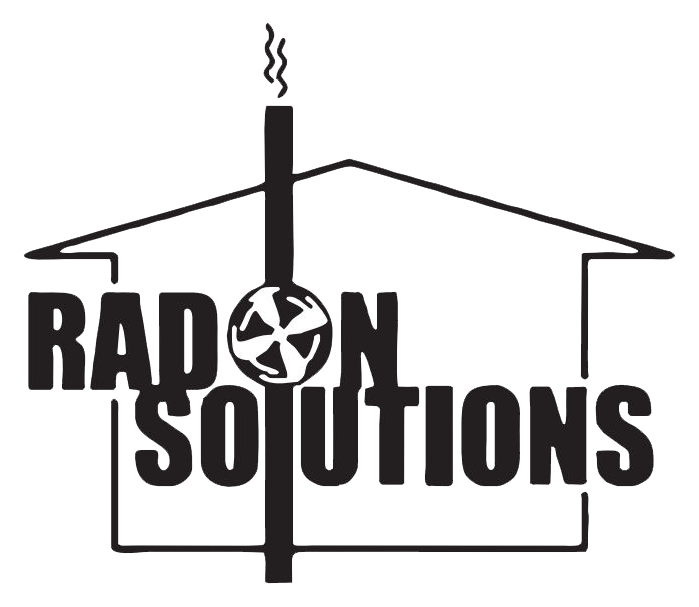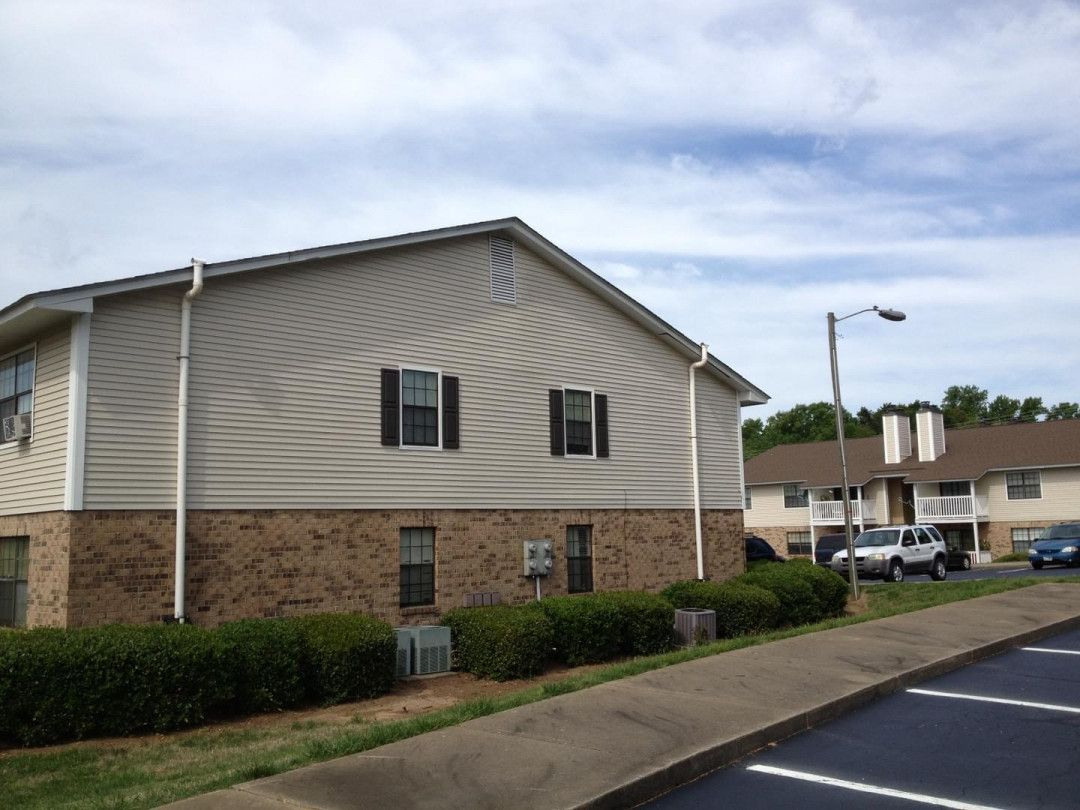Radon and Real Estate Transactions in
Greenville, SC
After 20 years in the radon business and doing over 3,000 tests, we want to use or experience and expertise to educate the people who live in the areas we serve and the real estate agents we sometimes work with who represent them about things we believe will assist them in making wise choices about radon and it's potential health effects! Please feel free to call us if you have any questions!
Follow the Science!
That has frequently been the "mantra" in our world today when it comes to our health. That advice is also "critical" in dealing with radon gas! There have been "national standards" and protocols developed by the EPA in addressing it. Radon is a naturally occurring, inert, radioactive gas produced by the breakdown of uranium deep inside the earth. As uranium, (U), decays, it turns into another solid called "radium", (Ra). Further decay over 1,000's of years produced a gas called "radon", (Rn). Radon is actually heavier than air. It's not like "helium" that rises naturally. Radon only moves when a "vacuum" draws it! Across the earth, Mother Nature's atmosphere places a vacuum on the ground slowing drawing radon and other soil gases to the surface. When a structure is built on the ground upon it, radon becomes trapped. However, the air handler inside a building can create a negative pressure, (a vacuum), when it draws air inside that will be conditioned "warm" or "cool". The vacuum that is placed on a structure will often allow radon to be drawn inside if: 1) There is a source present under the slab or in the crawl space 2) The soil is porous. 3) There are points of entry: a) Cracks in the slab. b) Around plumbing pipes, c) Around floor drains, d) Wall cavities and e) Crawl space floors.
The EPA has determined that long term exposure to elevated levels of radon (above 4 picocuries) is a health concern, just like smoking cigarettes is. Both can cause lung cancer! Behind smoking, radon is the 2nd leading cause of lung cancer in the U.S. and 1st among "non-smokers". The government doesn't "mandate" that you stop smoking NOR do they mandate that you test your house for radon or install a mitigation system if high levels are found. As the "Environmental PROTECTION Agency", the EPA has simply made "health recommendations" to consumers about how to deal with radon, But its ultimately up to each person or family in how they are going to go about addressing it!
It needs to be noted that there are NO LEGAL REQUIREMENTS for radon levels. As stated before, the EPA "recommends" that you take action to lower the levels in your home if they are at or above "4 picocuries". But it should be mentioned that they also say to "consider taking action" if your levels are between 2 and 4 picocuries. This is because, like smoking cigarettes, there is no "safe level" for radon! It's all "accumulative". There is an associated risk with whatever your level is! The more often you smoke, (and how much you smoke), the higher your health risks. The longer you live in a home with elevated levels, (and how high they are), the higher your health risks. With smoking, if you cut back or quit, you minimize your risks. With radon, taking action to lower the levels in your home reduces your potential risks. It should be noted that the length of time you are exposed to radon and how high the levels are make a difference! For instance, if you live in a house with a radon level of 40 picocuries for a year, you actually obtain "less risk" than if you are in a house for 20 years with a radon level of 4! When installing a radon mitigation system we are sometimes asked by homesellers what about the exposure they have received in the house while they have lived there? We have to unfortunately reply that its again like smoking! If they smoke for 20 years and then "quit", that doesn't negate what has impacted their lungs over those 20 years! This fact just highlights the need for EVERY homeowner to get their home tested as SOON as they can and if elevated levels are found to take action to lower them and not wait until their house goes on the market years later!
All that being said, we think that its important to understand how to "best address radon levels on a real estate transaction". Over our 20 years in business, we've seen some very "stressed" real estate closings mainly because agents or buyers or sellers didn't understand radon or they let "uncertified individuals" perform their tests without being "proficient" to "interpret" the results. There is "risk-wise" LITTLE difference between 3.9 and 4.1, but there is ONE HECK of a LOT of difference as to who does or doesn't have to pay for a system that might need to be installed there. It's been MY experience that most sides of a transaction want to do the "right thing. The seller wants to spend a little money as possible to fix the problem so they can sell the house and get on with their lives. The buyer wants to make sure the house they are buying is safe AND that they have assurances that it has been fixed correctly, (usually in the form of a "Guarantee Certificate" that is "transferable" to them at or before the closing!)
There are a number of general facts about radon that need to be taken into consideration and understood about radon:
- The radon levels you obtain on a test are NOT your home's "permanent" numbers! They are merely a "snapshot" of what was in your house during the period the test device was deployed! Your test results obtained during one week could vary slightly on one done the following week or month!
- Radon fluctuates hour by hour, day by day, month by month and year by year.
- Radon tends to fluctuate based on "seasons of the year" with tests done during fall and winter sometimes generating higher numbers due to an increased impact of the "stack effect".
- The large majority of radon testing done for real estate transactions is only done "over 2 days," (48 hours,) because that is the "minimum" amount of time set by the EPA in order to be able to generate result. But that's like assessing a student's academic performance based on "one test". Granted, you don't have a long time to devote to testing on a real estate transaction, but it's our "professional recommendation" to schedule your tests to run as long as possible because the more "test data" you obtain the more they are "averaged together" and aren't impacted as much by "hourly SPIKES" that sometimes happen on short, 2-day tests. Our test deployments tend to be a "minimum" of three days.
- The EPA says that the "longer a test goes" the more "representative" it is of annual levels, which is actually how long you are in your house each year!
- Tests can be run by professional radon services companies that last from 2 days, to a week and up to year. The longer the test is extended, the more representative the results are of the annual average. But understand that there are "seasonal differences" for radon too!
- It's very important that ALL tests performed for real estate transactions be conducted by individuals who have demonstrated their knowledge of EPA testing protocols to ensure a valid test, (certification). Otherwise, you could hire a high school student, get him an entry level monitor and pay him a LOT less to do your test! There is essentially no difference between him and anyone else who performs a test that isn't "certified" to conduct the test AND to interpret the results!
- The "certified" individual will have obtained their certification by a national radon proficiency program endorsed by the EPA, (not a home inspection. organization). These individuals are frequently "listed" by their state health department. The higher quality testing companies will have a photo ID of technician along with along with their certification number displayed on their badge.
- A certified technician should be able to provide "documentation" of their certification. There are also bi-annual continuing education requirements to KEEP your certification!
- The test report should be "signed" by the certified tester that it was done in accordance with all pertinent EPA testing protocols and have their appropriate certification number on the report.
- All continuous monitors are supposed to be re-calibrated annually. Documentation of this fact for the monitor used for the test should be provided along with the test report or available upon request.
- Individuals using a continuous monitor must pass a "device performance test" for their monitor by a national radon laboratory and be able to provide documentation of that.
Checklist of items that should be included on EVERY test report for radon (All this information is needed if mitigation is recommended)
- House address (City, state, zip)
- Square footage of the floor tested?
- Date test deployed
- Time test deployed
- How many hours the test was deployed for?
- Device model and serial number (CRM's)
- The number of test devices used
- The locations of the devices
- The temperature and weather on the day the test was deployed and picked up
- Were "closed house conditions" maintained during the test? - The certification number of the individual performing the test
- Were steps to minimize the potential for test tampering included?
- A signature of the certified tester that the test was performed in accordance with all applicable EPA test measurement protocols



